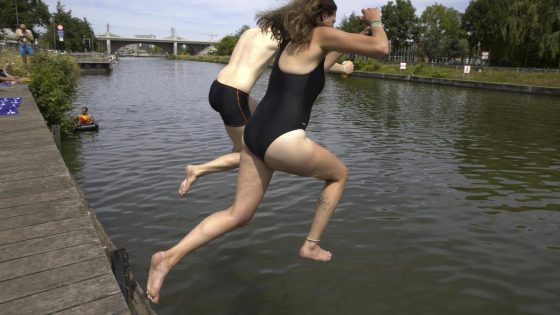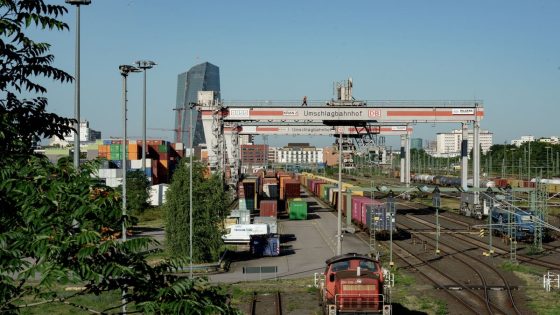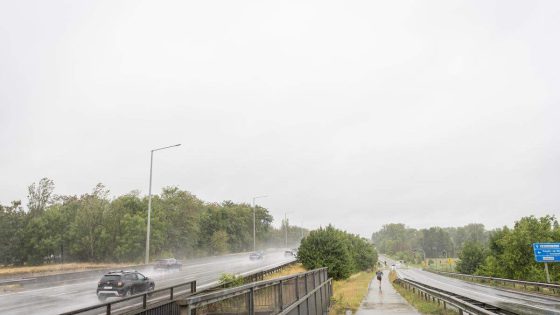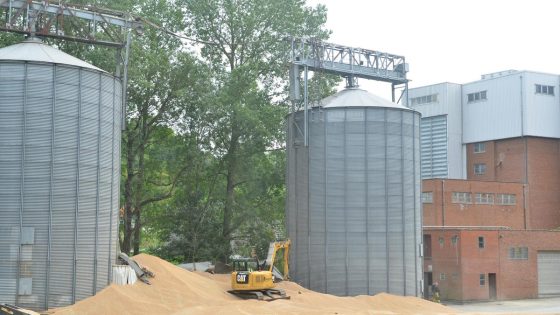Big Jump events have once again brought water quality into sharp focus across Belgium. On 2025-07-13 11:35:00, communities nationwide highlighted the urgent need for cleaner waterways through symbolic jumps into local rivers and canals. However, not all municipalities could participate, as Merelbeke and Oostende withdrew due to concerns over polluted water.
- Big Jump highlights water quality issues
- Merelbeke and Oostende cancel due to pollution
- Schotense Vaart jump promotes clean swimming spots
- Calls for participants to join Big Jump
- Oostkerke event emphasizes clean water theme
- Big Jump raises awareness for proper water
In Schotense Vaart, a large jump was planned to raise awareness about safe swimming spots, but the event was halted to prevent health risks. Meanwhile, Oostkerke’s Big Jump emphasised the importance of protecting clean water sources, encouraging locals to join in the movement. With Big Jump events gaining momentum, the question arises: how effective are these initiatives in driving lasting change?
As the call for participants grows louder, the spotlight remains on Belgium’s water management and environmental policies. What can citizens do to help ensure their waterways stay clean and safe for future generations? Here’s a quick overview of the current situation and what it means locally.
Are Big Jump campaigns enough to tackle Belgium’s water pollution? They certainly spark public interest and community involvement, but real impact depends on sustained efforts and policy support. Key points include:
- Local withdrawals show water quality issues remain unresolved in some regions.
- Public participation boosts visibility but needs backing from authorities.
- Events highlight safe swimming areas, promoting health and safety.
- Ongoing education and monitoring are vital for long-term improvements.
Looking ahead, Belgian citizens and policymakers alike should seize the momentum from Big Jump to strengthen water quality measures. Will communities continue to leap for cleaner water, or will pollution hold them back? Active engagement and concrete actions will determine the future of Belgium’s rivers and canals.
































